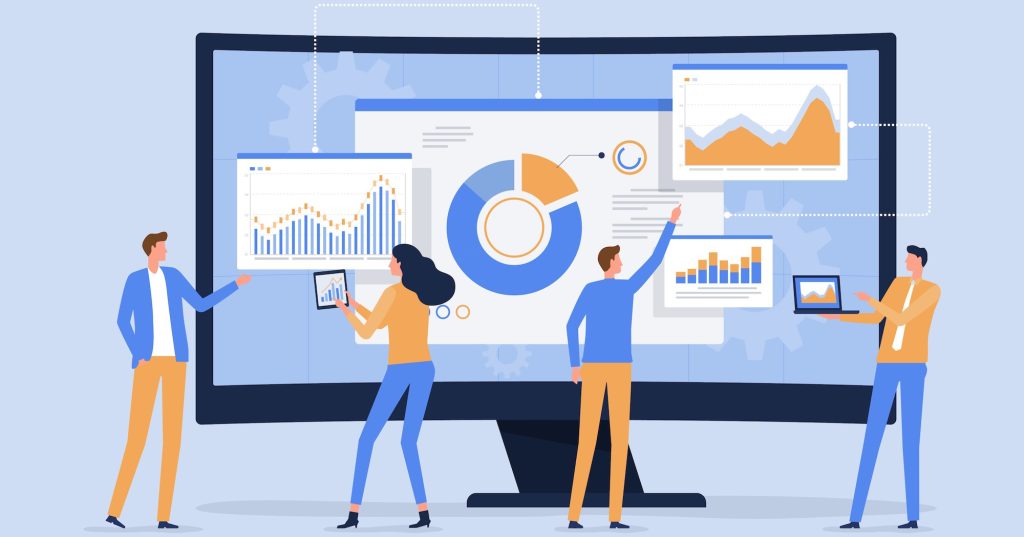In today’s digital and research-driven world, visual aids such as figures, tables, charts, and illustrations play a crucial role in presenting complex information effectively. However, when incorporating copyrighted visuals into your work—whether for academic, professional, or creative purposes—copyright law and the permissions that might be required to reuse those elements need to be taken into consideration.
Copyright law protects not only textual content but also images, meaning that unauthorized use of tables, figures, charts, or illustrations could pose infringement risks. While data itself is not subject to copyright, its presentation, arrangement, and design are often protected.
This post explores key principles for reusing copyrighted visual content, whether through adaptation, citation, or reproduction, without infringing on the rights of the creator.
How can I repurpose data from charts while staying copyright aware?
Copyright law protects the creative expression of data—the specific arrangement and design elements of a chart or graph—but not the underlying data itself. Here are some tips to help reduce infringement risk when repurposing data from copyrighted charts and graphs:
- Check Copyright Status—Before using a table or figure, determine if it is under copyright and whether you need to seek permission from the copyright holder. Sometimes the copyright holder or author is attributed with the chart or figure.
- Extract and Reinterpret Data—Rather than simply copying a chart, consider if information you wish to use is the raw data or the chart itself. Can you present the facts in a new distinct way that expresses your interpretation of the data?
- Cite the Source—Some copyright holders may allow others to reuse their work under the condition that they are credited as the original source. It is important to check your license(s), or the terms and conditions attached to the original work for specific requirements for reuse, such as proper attributions.
Is permission required when citing a table or figure as “adapted from”?
Even if you modify a table or figure, permission may be required. Adaptation can be considered a derivative work. U.S. copyright law grants the original creator exclusive rights over modifications or adaptations of their work. To stay compliant:
- Check Copyright Policies—Many publishers and journals specify whether adaptation requires permission. Look for licensing terms or usage rights.
- Obtain Permission If Needed—If the original work is protected under copyright, seek permission from the rightsholder before adapting the content.
- Provide Proper Attribution—When citing an adapted figure, explicitly state that it has been modified and credit the original source by including a citation with the phrase “adapted from” in the caption or note below the figure.
Reusing charts, figures, and images from copyrighted works requires a clear understanding of copyright laws and best practices. When in doubt, creating your own original chart and seeking permission helps ensure compliance while respecting intellectual property rights. By following these guidelines, you can effectively incorporate visual elements into your work and reduce the risk of legal complications.
Key Points to Remember:
- Facts are not copyrightable—The raw data presented in a chart/graph is considered factual information and is not protected by copyright.
- Presentation is protected—While the data can be used, the design and other visual elements can be protected by copyright.
- Cite your sources—Even if you are not copying the exact visual presentation, it is a best practice to credit the original source of the data.
Learn More
- Do I Need a License to Use a Copyrighted Work Even If I’m Only Using It Internally Within My Company?
- What Is (and Isn’t) Protected by Copyright
- Can I Use Publicly Available Data for Research or Projects Without the Risk of Copyright Infringement?
- Is the Dataset You’re Using Protected by Copyright? Here’s How to Find Out
- Check out our calendar of upcoming copyright education sessions.

